Amending Clay Soils
Make sticky, dense earth workable again with organic matter and annual maintenance
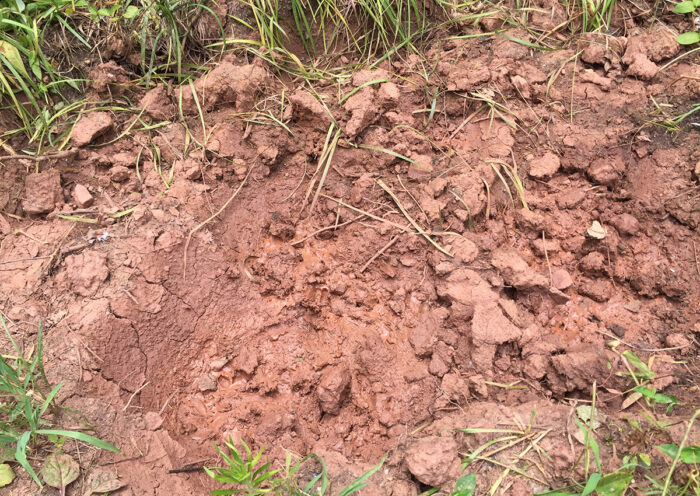
While soils vary considerably across the United States, many gardeners are faced with the challenge of growing plants in heavy clay soil. This may be due to the natural composition of local soil or the removal of the top layer of soil during construction. It is unfortunate that healthy topsoil is commonly displaced to build new homes, leaving houses sitting on compacted subsoils. I faced this problem in my own courtyard during a recent planting project.
Learn more: Clay-Busting Plants
The good news is that clay soils are generally quite fertile, and they can be amended. I like to take a two-step approach: adding organic matter to improve soil structure before planting, followed by routine maintenance to protect and enhance soil health.
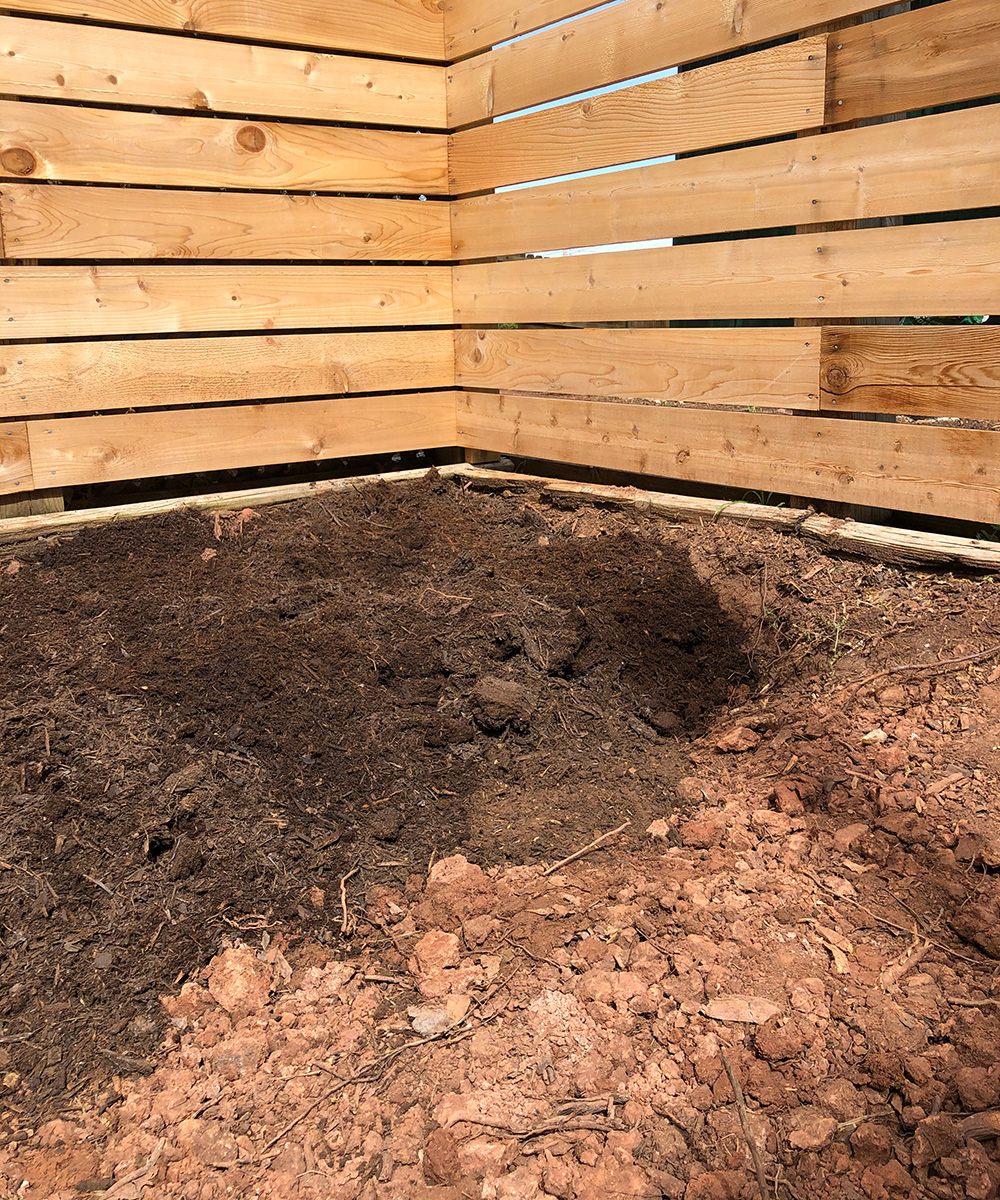
Add organic matter
The first step in improving clay soil is to add organic matter, which is simply material derived from plants and animals. This includes compost, manure, straw, leaves, grass clippings, kitchen scraps, and more. Organic matter improves the structure of clay soils, allowing water and air to move more freely. It also feeds beneficial microorganisms living in the soil and provides nutrients to plants.
When working new garden beds or building up degraded soils, I like to start by adding large amounts of compost. Compost is organic material that has already decomposed into a nutrient-rich, soil-like material. My favorite tool for this job is a broadfork. It takes a bit of manpower to use it, but it breaks through clay with surprising efficiency. In my courtyard project, my husband and I used a broadfork to turn the soil and incorporate several inches of compost. To work the compost in as deeply as possible, we used the double digging method.
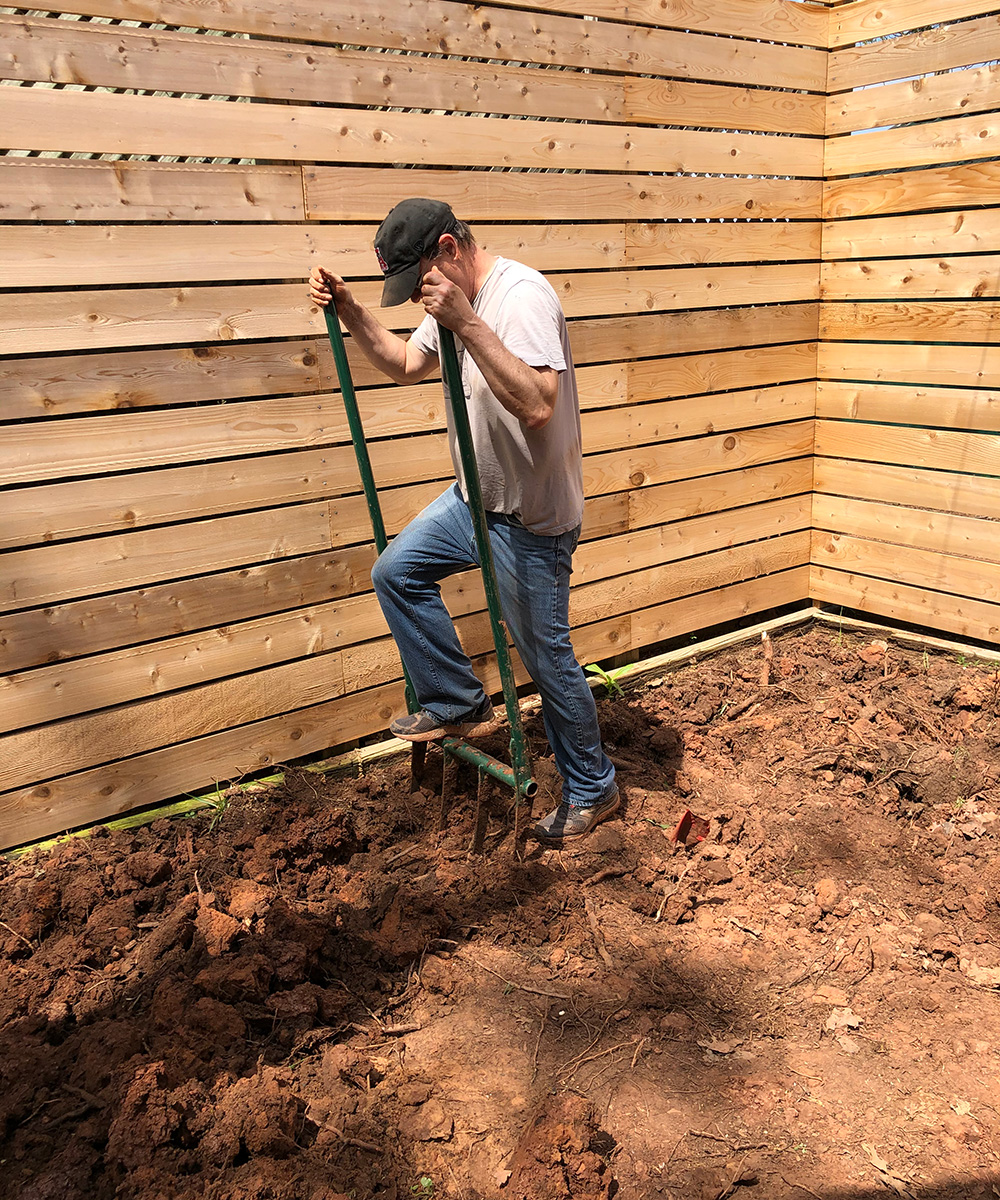
Avoid compaction
Once you’ve amended your soil, it is important to avoid compaction. Clay soil compacts readily, compressing pore spaces needed for air and water movement. One way to preserve soil structure is to avoid working wet soils. You can tell if clay soil is dry enough to work by squeezing a handful lightly in your hand, then shaking your hand gently. If the soil sticks together in a ball, it’s too wet; if it crumbles easily, it’s dry enough to work.
In vegetable gardens, I designate areas for walking to prevent compacting the planting beds. You might also limit the use of heavy equipment such as tillers.
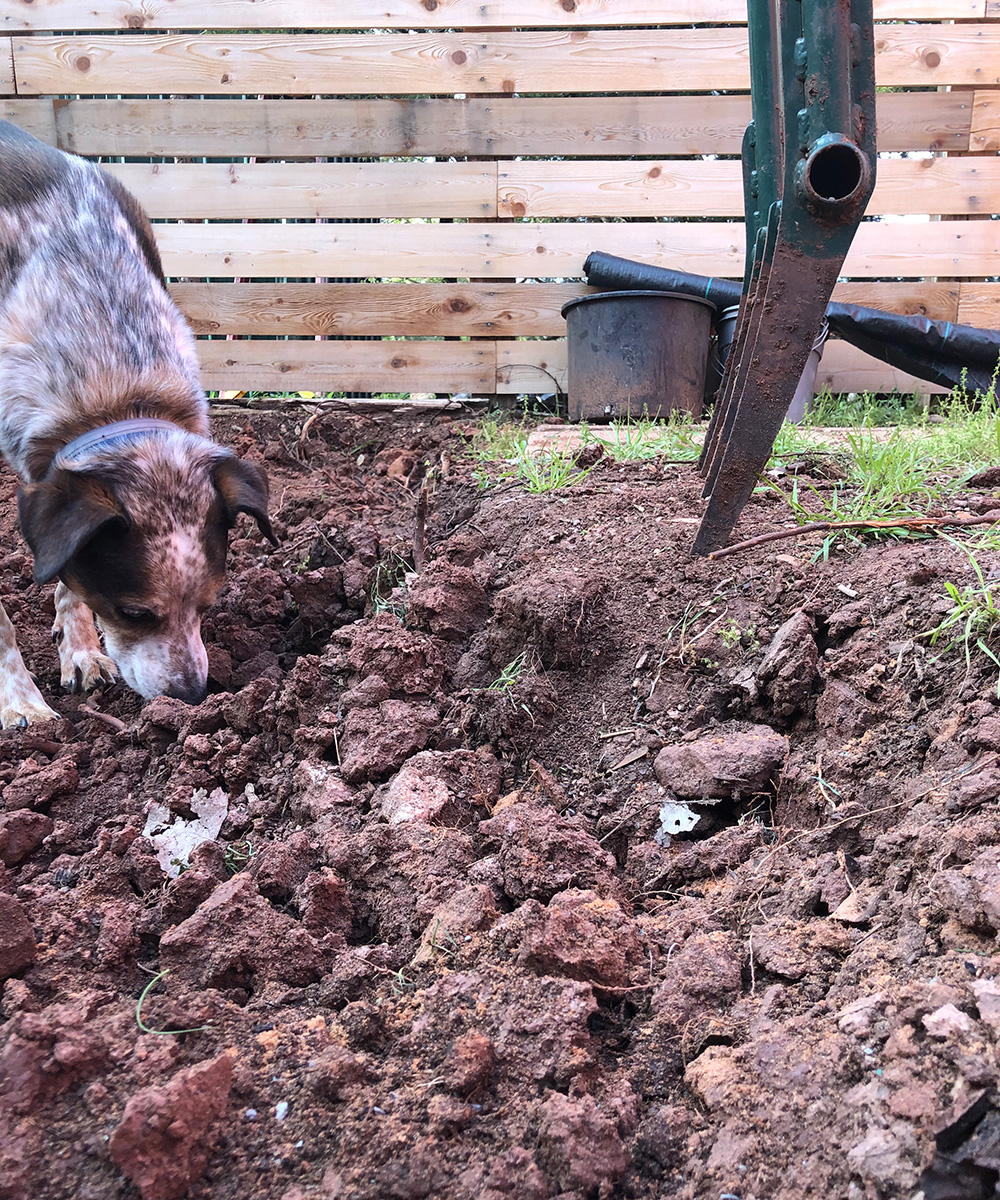
Annual maintenance
In places with hot summers and a long growing season, organic matter breaks down very quickly in the soil. Replenish soil each year with a fresh layer of compost in spring. It is also helpful to use organic mulch, such as wood chips, straw, cotton burrs, or cocoa bean hulls. In addition to the benefits mulches provide in maintaining soil moisture, they eventually decompose, releasing nutrients into the soil.
Autumn is the time I like to add whole, uncomposted materials to garden beds, such as leaves, grass clippings, corn stalks, and other cuttings. Through the fall and winter months, these materials break down directly into the garden, providing valuable nutrients to plants the following growing season.
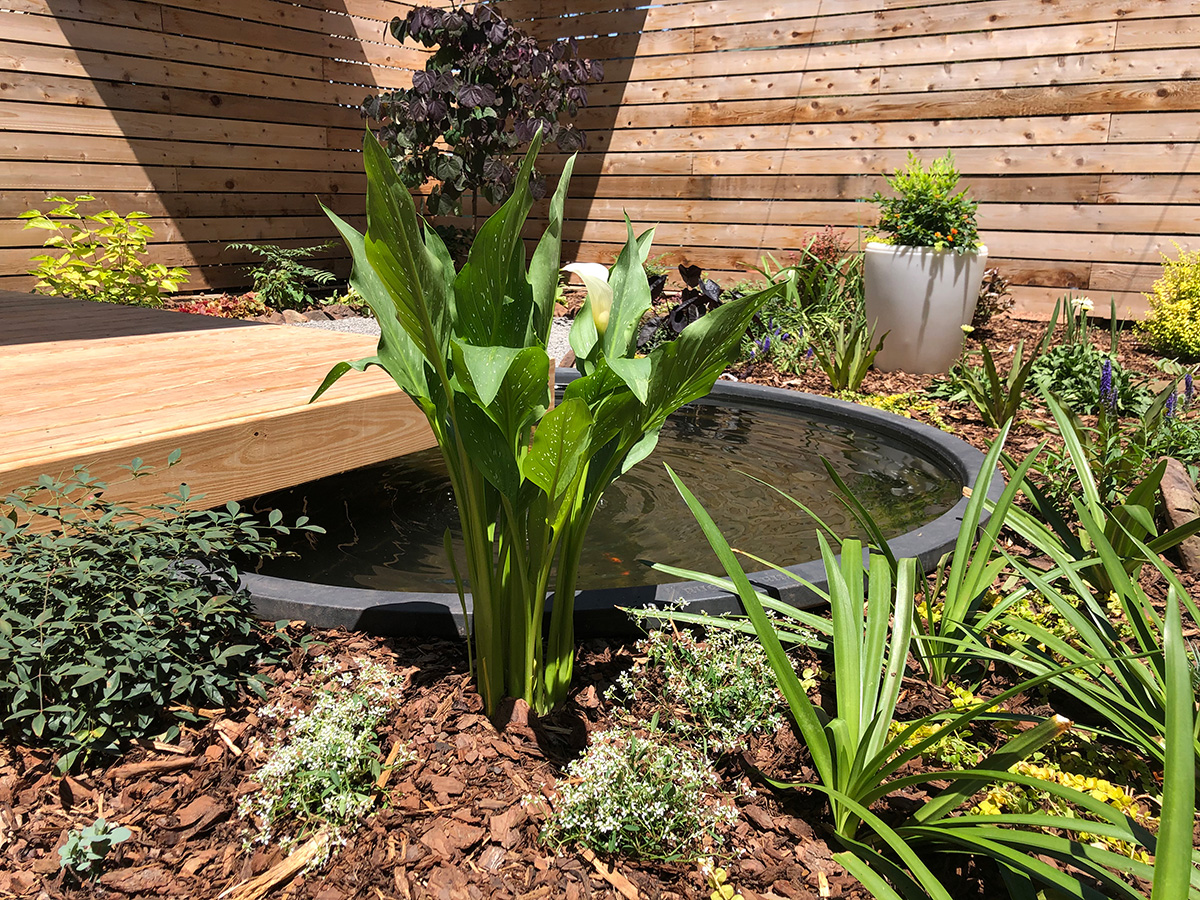
Organic matter and soil nutrients
It is important to note that different types of compost and organic matter vary in the amount and types of nutrients available for plant use. Manures, for example, can be rich in phosphorous and potassium, nutrients that can easily build up to excessive amounts in soil. For this reason, I add compost with manure in it sparingly in more-established garden beds.
The microorganisms that break down organic material utilize nitrogen and other nutrients as they work. Nitrogen can become limited in beds where carbon-rich materials such as wood chips or straw are incorporated. It is a good idea to conduct a soil test in spring after decomposers have worked their magic, to see what your soil may or may not need.

Using cover crops
Another way to break up clay soil is by planting cover crops with deep taproots. Daikon radish is one such cover crop that is commonly used to improve water and air movement through soil. Many vegetable gardeners like to use cover crops to protect soil from erosion, add organic matter, and provide nitrogen.
Healthy soil is the key to healthy plants. Taking the time to improve garden beds before planting will yield great rewards in healthier, more robust plants. And remember, organic matter breaks down over time, so plan to renew your garden amendments each year.
—Kim Toscano is a horticulturalist, entomologist, garden designer, writer, and graphic designer. She previously hosted Oklahoma Gardening, a weekly PBS television program produced by the Oklahoma Cooperative Extension Service.
Fine Gardening Recommended Products

Fiskars 15" PowerGear Loppers—Sharp Steel Blade Bush and Tree Trimmer
Fine Gardening receives a commission for items purchased through links on this site, including Amazon Associates and other affiliate advertising programs.
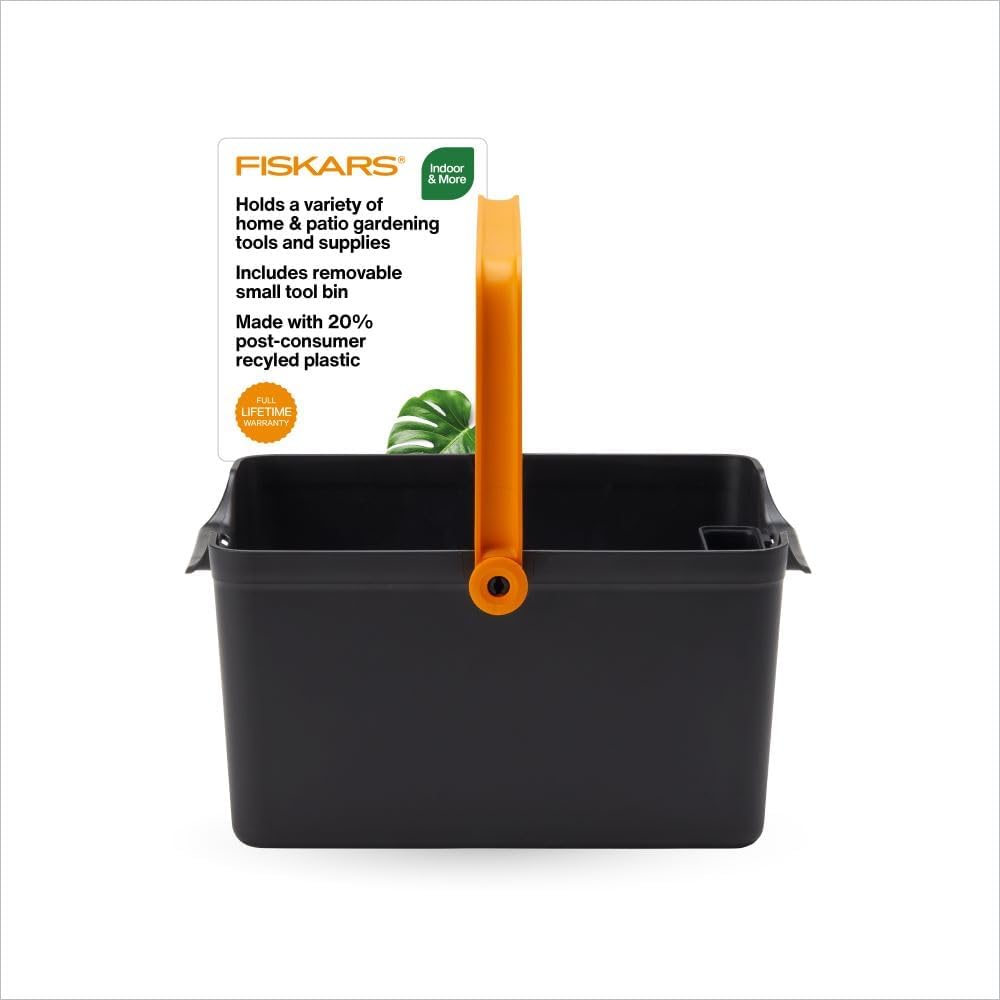
Fiskars Garden Tool Caddy with Removable Small Tool Storage for Indoor and Outdoor Gardening Use, Made with Recycled Plastic
Fine Gardening receives a commission for items purchased through links on this site, including Amazon Associates and other affiliate advertising programs.

Gardena 3103 Combisystem 12-Inch To 20-Inch Adjustable Metal Fan Rake Head
Fine Gardening receives a commission for items purchased through links on this site, including Amazon Associates and other affiliate advertising programs.







Comments
Log in or create an account to post a comment.
Sign up Log in